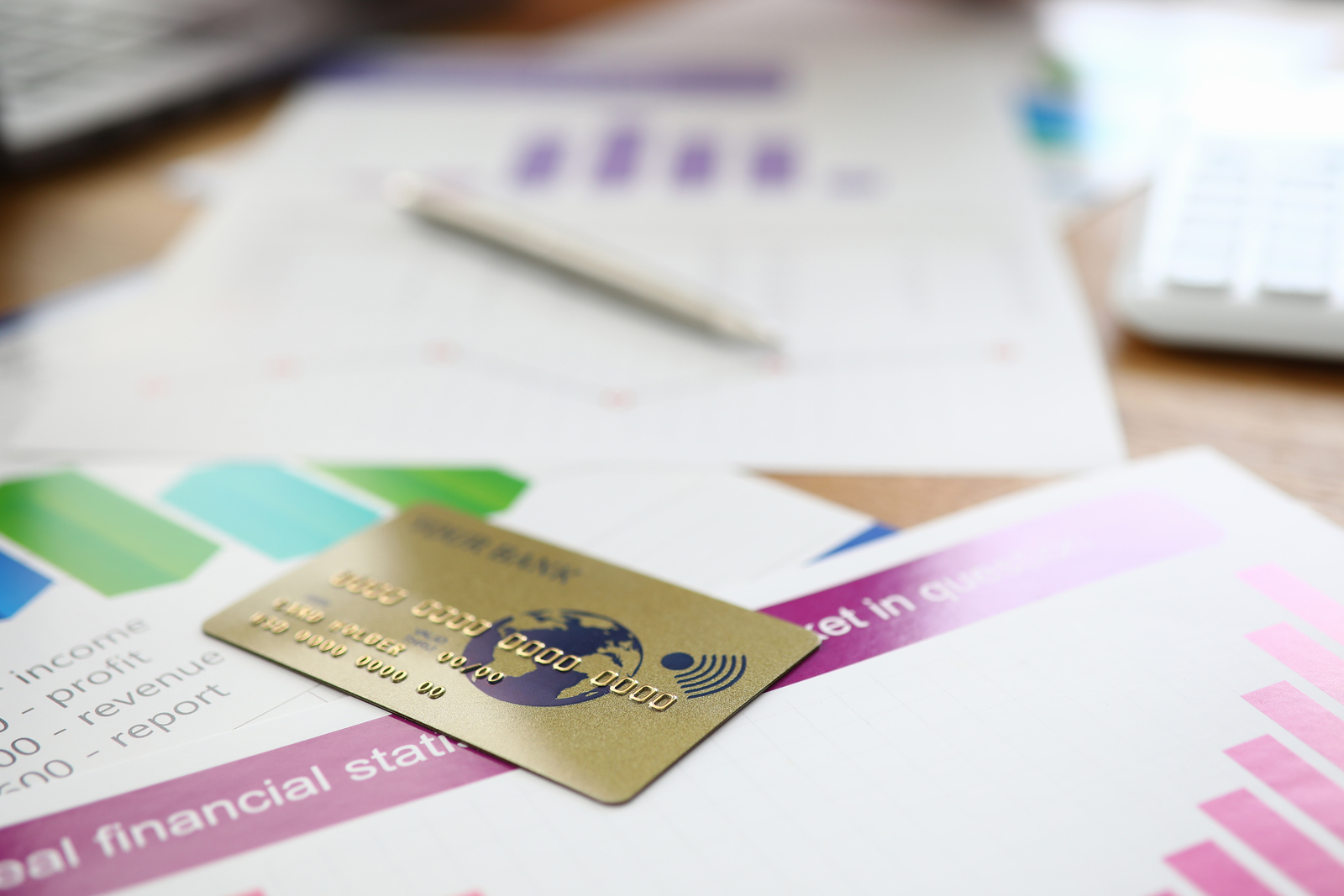Taking the time to review your current financial situation is the best way to safeguard your financial future and creating a personal report card can help you do just that.
When creating your own personal financial report card, there are many things to take into consideration. Some may call it a personal financial statement, but it comes down to having a tangible report that gives you a holistic picture of where you stand financially. Additionally, building the report card gives you a deeper insight into understanding your priorities based upon how you spend, habits, investments, and how to set yourself up for success.
To create your personal report card, you will want to create a combination of two statements; a personal income statement and a personal balance sheet.
Below, Jason Kulpa, net worth expert and experienced serial entrepreneur, will take a look at the components of that financial report card and how it can help you.
Income
For the income section, make a note of all money coming in. This can be anything from salary and wages to rental income, dividends, interest, or other royalties.
Expenses
Under expenses, take note of monthly expenditures. Common examples may include taxes, mortgage payment, car payment, credit card payment, student loans, utilities, or rent.
Assets
An asset is considered any tangible belonging that holds value or has the ability to generate cash if needed. Examples of assets include a home, real estate, stocks, bonds, or intellectual property.
Liabilities
Liabilities are any items that take money away from you or are debts owed to others. Common examples can include a mortgage, car loan, student debt, or credit card debt.
The income statement will be comprised of the income and expenses section. From that statement, you can tally your monthly cash flow by subtracting total expenses from income. Ideally, you will want to have a positive cash flow in order to set yourself up for success. The balance sheet will comprise the assets and liabilities. As general accounting practices would demonstrate, subtract your liabilities from the assets to derive your equity or total net worth.
Once you combine these five components together, they will make up your personalized financial report card. A good score on your report card will reflect that your income covers your expenses and then some and that your assets outweigh your liabilities. Don’t like what you see or your “score”? The good news is there are ways to work on improving your report card over time.
Find ways to expand on your financial education and goals. If your balance sheet is off, reacquaint yourself with ways to build your asset category or reduce your liabilities. This may mean you need to set a goal to increase your savings to have an emergency cash fund on hand. If your liabilities are out of hand, consider focusing on your highest interest-bearing debt, and pay that off as soon as you can. As you reduce your liabilities, you may see expenses go down as well as you are paying off those monthly obligations.
Another thought to consider is to reevaluate your expenses. Ask yourself “Does this expense contribute towards building my assets column or does it increase my liabilities?” By being more creative with how you spend your income and where it gets allocated, you can greatly improve your personal financial report card over time.
About Jason Kulpa
Jason Kulpa is a net worth expert and former CEO of UE.co, San Diego’s Fastest Growing Business multi-year award winner, and a Certified Great Place to Work multi-year winner. Under Mr. Kulpa’s leadership, in 2018, his teams volunteered at over 24 events and worked side-by-side to improve the San Diego community. They hosted a gala dinner benefiting individuals with autism, cheered on Special Olympic athletes as they broke their records on the track, and brought school supplies and cold-weather gear to students impacted by homelessness.
